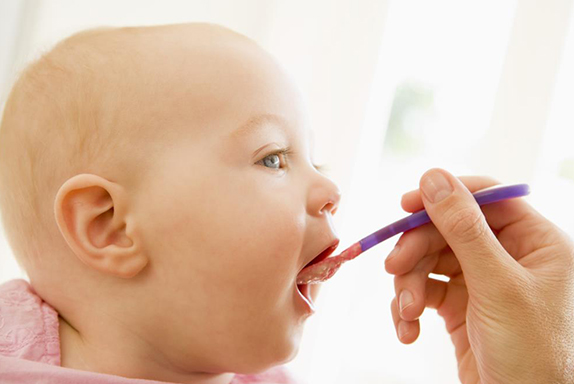Is Your Newborn Sick? 5 Dangerous Signs of a Cold in Infants You Must Never Ignore
Is Your Newborn Sick? 5 Dangerous Signs of a Cold in Infants You Must Never Ignore
Having a newborn at home brings immense joy but also a great responsibility—especially when they fall ill. Among common illnesses, a simple cold can sometimes turn serious quickly in young babies. Here's everything you need to know about spotting danger signs early, and examples of scenarios that require immediate medical attention.
Understanding Why a Simple Cold Can Be Dangerous for Newborns
Newborn babies have underdeveloped immune systems, making them highly susceptible to complications from common colds. While older children and adults easily shake off a minor illness, infants under three months old can rapidly worsen if symptoms are not monitored closely.
5 Dangerous Situations and Warning Signs in a Newborn With a Cold
1. Difficulty Breathing or Fast Breathing (Respiratory Distress)
Why it's dangerous:
Infants primarily breathe through their noses. A blocked nose from congestion can severely affect their breathing.
Example Scenario:
Your newborn has rapid, labored breaths with visible chest retractions, nasal flaring, or a bluish tint around the lips and fingernails. This indicates oxygen deprivation and demands immediate medical attention.
2. Refusal or Difficulty Feeding
Why it's dangerous:
Poor feeding quickly leads to dehydration and weight loss, exacerbating illness in newborns.
Example Scenario:
Your baby refuses multiple consecutive feeds, becomes lethargic, or produces significantly fewer wet diapers. This scenario warrants a call to your pediatrician or an immediate emergency room visit.
3. High Fever or Low Body Temperature
Why it's dangerous:
A high fever (above 100.4°F / 38°C in newborns) or abnormally low body temperature can signal severe infections such as meningitis or pneumonia.
Example Scenario:
Your two-week-old infant registers a rectal temperature of 101°F (38.3°C) at night. Fever in infants under three months requires urgent evaluation by a healthcare provider.
4. Extreme Lethargy or Unusual Irritability
Why it's dangerous:
Extreme lethargy or irritability often indicates underlying complications like infections or dehydration.
Example Scenario:
Normally active and responsive, your newborn suddenly becomes limp, unresponsive, or excessively sleepy. This drastic behavior change necessitates immediate medical intervention.
5. Persistent Severe Cough or Wheezing
Why it's dangerous:
Persistent coughing or wheezing might indicate a respiratory infection that could rapidly progress to bronchiolitis or pneumonia.
Example Scenario:
Your baby continuously coughs throughout the night, or you notice wheezing sounds when breathing. This could signal airway inflammation or infection, requiring prompt professional assessment.
When to Seek Immediate Medical Attention
Always seek immediate medical care if your newborn:
- Struggles to breathe (wheezing, rapid breaths, cyanosis)
- Has a fever (over 100.4°F or 38°C) at under three months old
- Refuses feeds repeatedly and shows signs of dehydration (fewer wet diapers, dry lips)
- Appears extremely lethargic or unusually irritable
- Has a persistent cough or breathing noises that don't improve
Preventing Colds and Protecting Your Newborn
- Limit exposure to crowded places or sick individuals.
- Practice regular hand-washing and encourage family members to do the same.
- Keep your baby's environment clean and ventilated.
- Breastfeeding can provide valuable antibodies to help strengthen your baby's immunity.
Conclusion: Act Quickly to Protect Your Newborn
Identifying danger signs early can save your infant’s life. Always trust your parental instincts—if you feel something isn't right, immediately consult your pediatrician. Timely action is your newborn’s strongest defense.
Share this post to inform other parents and caregivers to keep babies safe! Stay informed, stay vigilant, and ensure the best care for your precious newborn.





Comments